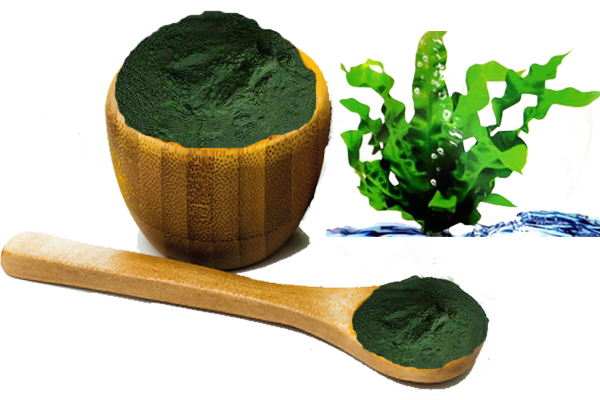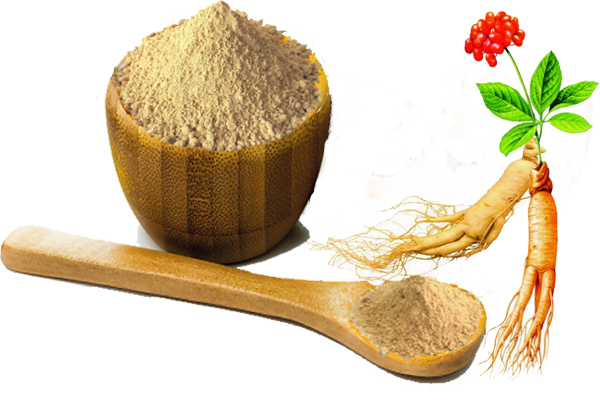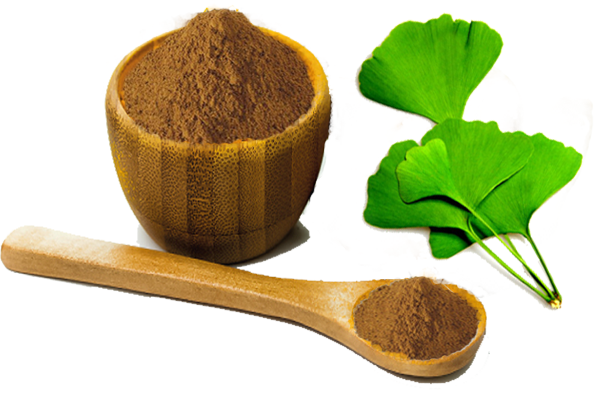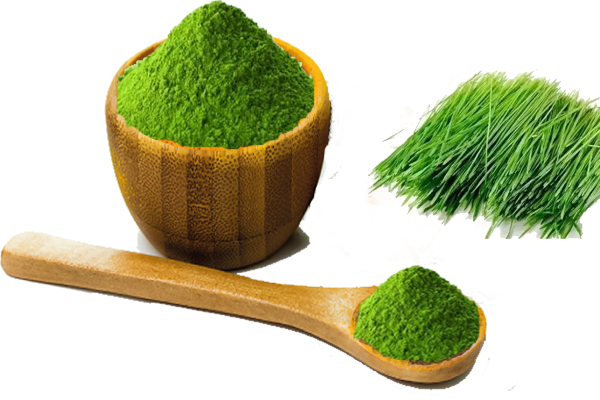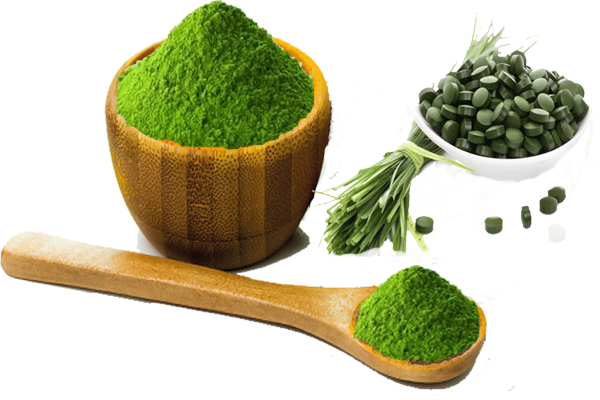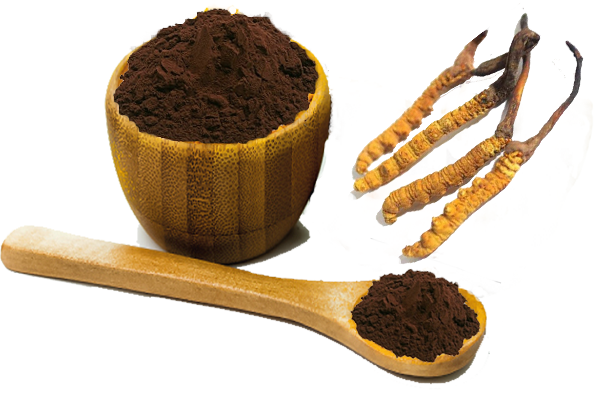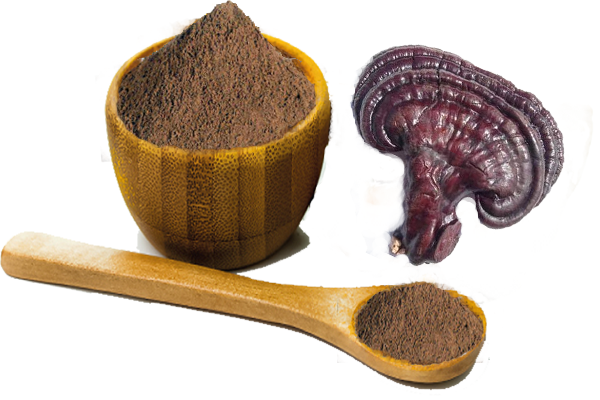
Spirulina
MIGU supplied Spirulina powder, spirulina tablets and other standard purity and OEM service with analysis meets the EP, USP, JP, CP...
Spirulina offered by MIGU — a 17 years experienced cGMP manufacturer with warehosues in NJ & CA, USA.
What is the Spirulina
Spirulina is a cyanobacterium (blue-green algae) that can be consumed by humans and other animals.
There are two species, Arthrospira platensis andArthrospira maxima.
Arthrospira is cultivated worldwide; used as a dietary supplement as well as a whole food; and is also
available in tablet, flake and powder form. It is also used as a feed supplement in the aquaculture, aquarium
and poultry industries.
Spirulina is rich in protein, vitamins, minerals, carotenoids, and antioxidants that can help protect cells from
damage. It contains nutrients, including B complex vitamins, beta-carotene, vitamin E, manganese, zinc,
copper, iron, selenium, and gamma linolenic acid (an essential fatty acid).
Special Natural Breeding Base of Spirulina

breeding base for spirulina.png
The Processing of Manufacturing Spirulina powder and Spirulina tablet
Breeding —–Cultivation —-Havest —-Drying—Tableting —-Packaging

flow chart of spirulina.png
Why to take Spirulina per day ?
Spirulina was revealed to public through a great discovery of some scientists who unexpectedly found that the
way of life of one African tribe was interesting. Even though those villagers were living in a poor area and had
less chance to consume protein from meat, they could still live healthily on “Dihe”, a common type of algae
grown around the lake in that area. This algae, which later called ” Spirulina”, was usually brought from the
surface of that lake and later dried in the heat. Through its simple characteristic, Spirulina was amazingly
believed to have contained a variety of high quality nutrients.
A long history proven, Spirulina has just become well-known in our industrial world for the past 30 years.

spirulina nutrition.png
According to the study of Prof. Hiroshi Nagamura from Internal Medicine Department, Tokai University, Japan,
it can be concluded that Gamma Linolenic Acid (GLA) from Spirulina can help to lower cholesterol levels in blood
170 times than that of Linolenic found in oil (fat) from plants. Moreover, the research reported that vitamins
and minerals in Spirulina can be absorbed into blood stream 4-6 times than that of Iron found in meat.
In Thailand, it is believed that Ms.Jeamjit Boonsom, an academic researcher from the Institute of National Fresh
Water Fisheries, Department of Fisheries, first discovered GD-1 Spirulina in 1996. It was, however, studied officially
in 1983 as an FAO’s cooperation project entitled “Development of Microalgae (Spirulina) Production of Thailand.”
Spirulina is claimed to have very high protein at the level of 60-70%. Besides, it also contains rich concentration of
vitamins such as Vitamin A, B1, B2, B6, B12, C, E and H, Folic Acid and Nicotinic Acid. In addition, Spirulina contains
250% more B12 than that of liver, so it is the world’s highest source of Vitamin B12. Beta – Carotene which is Pro-
Vitamin A found in it is 20-25 times more than that of Carrots. There are also several minerals such as Iron,
Magnesium, Calcium and Potassium found here. Iron is 3 times more than that of a piece of steak. Interestingly,
Spirulina has perfect 18 amino acids which is essential components of human cells. It is also the source of Gamma
Linolenic Acid (GLA), a fatty acid. (Nutrition facts)
Top 10 Benefits Porven The important of Spirulina we taking
Detoxes Heavy Metals (especially Arsenic)Affecting people all over the globe, chronic arsenic toxicity is a
problem. According to the Wold Health Organization,the United States is one of the countries affected by inorganic
arsenic that is naturally present at high levels.
Arenic toxicity is an even bigger problem in the Far East. In the words of Bangladeshi researchers, “Millions of
people in Bangladesh, India, Taiwan and Chile are consuming high concentration of arsenic through drinking water,
and thousands of them have already developed chronic arsenic poisoning.”
In fact, up to 3% of the entire nation of Bangladesh showed clinical signs of arsenic poisoning alone! As
Bangladeshi researchers pointed out, “there is no specific treatment” for arsenic poisoning, which is why they
evaluated alternatives like blue-green algae.
After giving 24 patients affected by chronic arsenic poisoning spirulina extract (250 mg) plus zinc (2 mg) twice daily,
they compared the results with 17 patients who took a placebo and found that the spirulina-zinc combination worked
wonderfully. Ultimately, the participants experienced a 47% decrease of arsenic in their body!
Eliminates Candida According to researchers, “Candida species belong to the normal microbiota of an individual’s
mucosal oral cavity, gastrointestinal tract and vagina.” What does that mean?! Well, without a healthy microflora
balance in our body, we are simply much more susceptible to sickness and disease.
In fact,leaky gut syndrome and improper digestion are directly connected to microfloral imbalance. Not only is invasive
candidiasis the leading cause of mycosis-related death in the United States, candida overgrowth has become the
hallmark sign for most autoimmune diseases today.
Because of our shift toward a diet rich in sugar and unnatural ingredients, antimicrobial resistance and ineffective
antifungal drugs, we have seen a significant rise in yeast infections since the 1980s.Thankfully, spirulina can help.
Several animal studies have shown that it’s an effective anti-microbial agent, particularly for candida.
Specifically, spirulina benefits have been shown to promote the growth of healthy bacterial flora in the intestines, which
in turn inhibits Candida from thriving. Additionally, the immune-strengthening properties of spirulina will help the body
eliminate Candida cells.
Improves HIV/AIDS Up until recently, epidemiologists have been puzzled trying to understand why people in
Japan, Korea and Chad have relatively low HIV/AIDS rates. One possible explanation, revealed in a 2012 study
published in the Journal of Applied Phycology, may be the amount of algae people in these areas regularly consume!
When researchers took 11 HIV patients who have never taken antiretrovirals, they split the participants into three
groups: one that was assigned to eat 5 g of brown seaweed every day, one that was to eat 5 g of spirulina, and
one that ate a combination of both. After the three-month trial period was complete, two key findings were discovered:
1. Absolutely no adverse effects were experienced from both seaweed varieties and the combination.
2. CD4 cells (T-helper white blood cells that fight infection and are used to stage HIV) and HIV-1 viral load (another
HIV biomarker) remained stable.
The results were so promising that one participant volunteered to continue the study for an additional 10 months,
and this participant actually benefited from “clinically significant improvement in CD4 and decreased HIV viral load”!
Helps Prevent Cancer According to the University of Maryland Medical Center, “A number of animal and test
tube studies suggest that spirulina increases production of antibodies, infection-fighting proteins, and other cells
that improve immunity and help ward off infection and chronic illnesses such as cancer.”
This doesn’t come as a surprise as more than 70 peer-reviewed articles have been published in the scientific
literature evaluating spirulina’s ability to effect cancer cells!
In an article published this past April, Czech Republic scientists pointed out that, in addition to its ability to control
blood cholesterol levels, “Spirulina is also rich in tetrapyrrolic compounds closely related to bilirubin molecule, a
potent antioxidant and anti-proliferative agent.”
When tested on human pancreatic cells, these researchers discovered that, “Compared to untreated cells,
experimental therapeutics significantly decreased proliferation of human pancreatic cancer cell lines in vitro in a
dose-dependent manner.” Essentially, this proves that consuming spirulina can help prevent developing various
cancers!
Lowers Blood Pressure Phycocyanin is a pigment found in the spirulina that scientists have discovered
possesses antihypertensive effects (it lowers blood pressure). Japanese researchers claim that this is because
consuming the blue-green algae reverses endothelial dysfunction in metabolic syndrome.
I find this extremely promising for Americans because metabolic syndrome has rapidly become one of the main
causes of preventable disease today, as it raises one’s risk of developing heart disease, diabetes and stroke.
Reduces Cholesterol Along those same lines, spirulina benefits have also been shown to prevent
atherosclerosis and reduce elevated blood cholesterol levels.
A recent animal study published in The Journal of Nutritional Science and Vitaminology took rabbits, fed them
a high cholesterol diet (HCD) containing 0.5% cholesterol for four weeks, and then fed them a HCD with 1%
or 5% spirulina for an additional eight weeks.
After the eight-week trial was complete, LDL levels decreased by 26% in the group eating 1% of spirulina and
41% in the group eating 5% spirulina, which heavily suggests that the more we eat the more benefits we will
receive! Serum triglycerides and total cholesterol were also significantly reduced.
Lowers Chance of Stroke In the study above,researchers also discovered that the spirulina supplementation
lowered intimal aorta surface by 33% to 48%, which suggests that it can prevent atherosclerosis and subsequent
stroke.
It’s important to remember that this clinical trial was conducted on animals that were still eating a HCD, and it
highlights that regular spirulina consumption can literally reverse the damage done by eating a poor diet. You
can only imagine the heart health benefits that would be experienced in those individuals who have a balanced
diet!
Boosts Energy When you look at the chemical composition of spirulina, it’s no wonder that people who regularly
consume it have an abundance of energy. Dr Oz recommends combining 1 tsp spirulina powder with 12 oz lime
juice and freezing the mixture in ice cube trays for a healthy boost.
According to Dr. Oz, spirulina and lime enhance energy performance because they unlock sugar from our cells and,
when frozen, the cold from the ice boosts metabolic energy while giving our bodies a “wake-up call.”
Speeds Up Weight Loss Diets high in nutrient-dense protein-rich foods like spirulina promote weight loss and
low-fat stores through a variety of mechanisms. Because it takes more energy to metabolize, for example, eating
protein helps maintain lean tissue and contributes to fat burning.It can also curb hunger and overweight people seem to benefit the most. To maximize this benefit, try eating your high protein spirulina in the morning or during midday instead of at night.
Alleviates Sinus Issues Known as allergic rhinitis, spirulina benefits the body by reducing the inflammation that
causes people to experience sinus problems, according to numerous studies. Compared to placebo trials, spirulina
is effective at reducing itching, nasal discharge, nasal congestion and sneezing. More Scientific research and development , please check here

